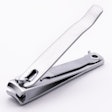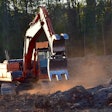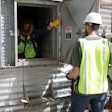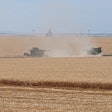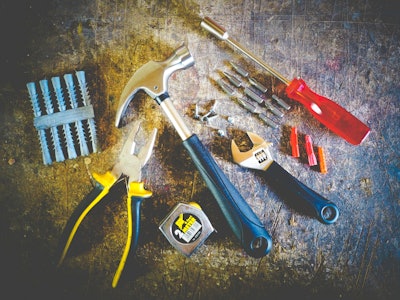
Tools are so commonplace in our lives that we often forget they may pose a risk when damaged or used differently than their intended design.
Employees should be trained in the proper use of all handtools in their workplace. Workers should be able to recognize the hazards associated with several types of tools and the safety precautions necessary to mitigate exposure.
TheOccupational Safety and Health Administration's(OSHA’s) hand and portable powered tools and other hand-held equipment rules (29 CFR 1910.243 Subpart P) requires employees and employers to establish procedures and safeguards associated with hand and portable power tools.
The following are some tips from theNational Grain & Feed Association.
Five basic safety rulescan help prevent hazards associated with the use of hand and power tools:
1. Keep all hand tools in good condition with routine maintenance
2. Use the right tool for the job and within its intended purpose of design
3. Examine each tool for damage prior to use and never use if damaged
4. Operate tools within the manufacturer’s guidance
5. Provide and use properly the correct personal protection equipment associated with the task
Employers are responsible
The wide variety of hand and power tools on the market today helps workers be more efficient and perform more tasks than ever before. When used incorrectly however, they can cause injury and even death.OSHA’s 29 CFR 1910.242provides general requirements for employers and employees.
All hand and power tools, whether furnished by the employer or the employee, are to be maintained in a safe condition and inspected for any defects.
Operating and maintenance instructions are to be made available and should be read by the operator.
Power Tools: Best Practices
Before using any power tool, it’s crucial to read and follow all safety precautions found in the owner’s manual for the tool. OSHA’s publication 3080 Hand and Power Tools (2002) provides these general guidelines for safe power tool use:
• Never carry a tool by the cord or hose.
• Never yank the cord or hose to disconnect it from the receptacle.
• Keep cords and hoses away from heat, oil and sharp edges.
• Disconnect tools when not using them, before servicing and cleaning them, and when changing accessories such as blades, bits and cutters.
• Keep all employees not involved with the work at a safe distance from the work area.
• Secure work with clamps or a vise, freeing both hands to operate the tool.
• Avoid accidental starting. Do not hold fingers on the switch button while carrying a plugged-in tool.
• Maintain tools with care; keep them sharp and clean for best performance.
•用户手册的滑遵循指令ricating and changing accessories.
• Be sure to keep good footing and maintain good balance when operating power tools.
• Remove all damaged portable electric tools from use and tag them: "Do Not Use."
Hand Tools: Best Practices
• Do not use tools for jobs for which they are not intended. For example, do not use a slot screw driver as a chisel, pry bar, wedge or punch, or wrenches as hammers.
• Do not apply excessive force or pressure on tools.
• Do not cut towards yourself when using cutting tools.
• Do not hold the stock in the palm of your hand when using a cutting tool or a screwdriver. Always lay it on a workbench or in a vice.
• Do not wear bulky gloves to operate hand tools.
• Do not throw tools. Hand them, handle first, directly to other workers.
• Do not carry tools in a way that interferes with using both hands on a ladder, while climbing on a structure, or when doing any hazardous work. If working on a ladder or scaffold, tools should be raised and lowered using a bucket and hand line.
• Do not carry a sharp tool in your pocket.
• Do not use tools during electrical work unless they are designed for electrical work (e.g., properly insulated).
• Do not leave tools lying around on elevated structures, such as a platform or scaffold, as they may be bumped and fall.










